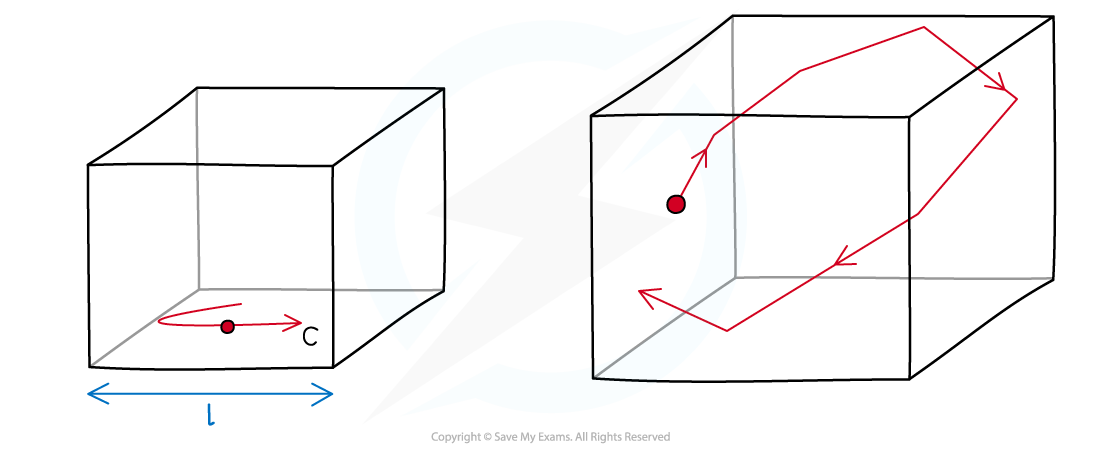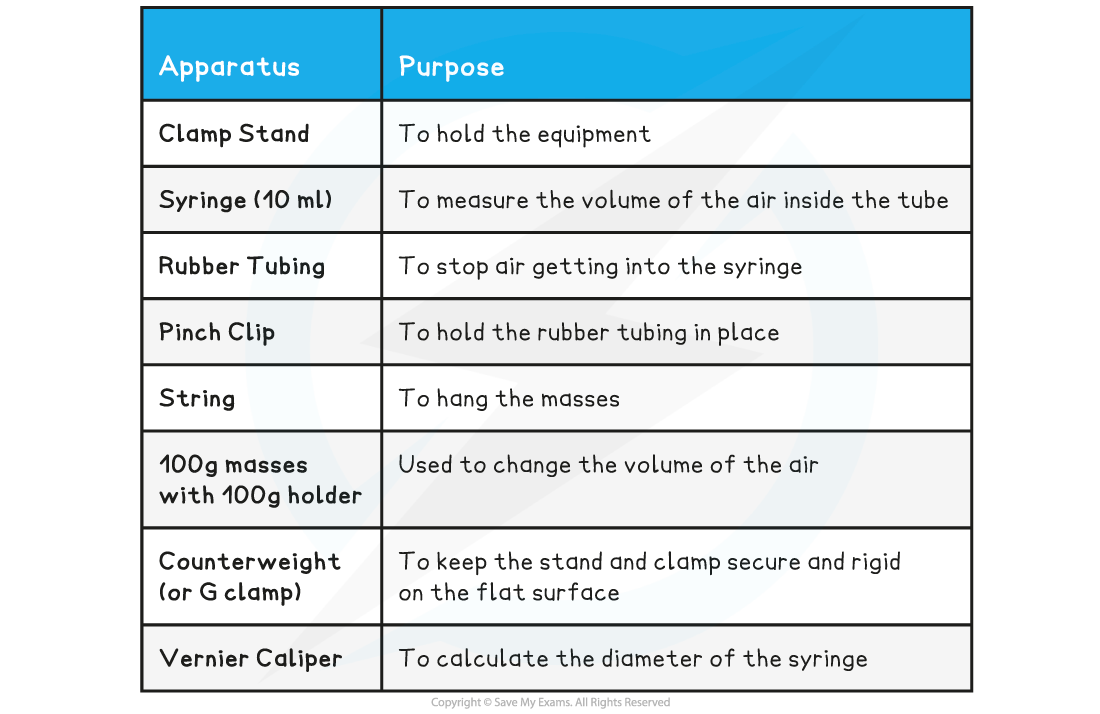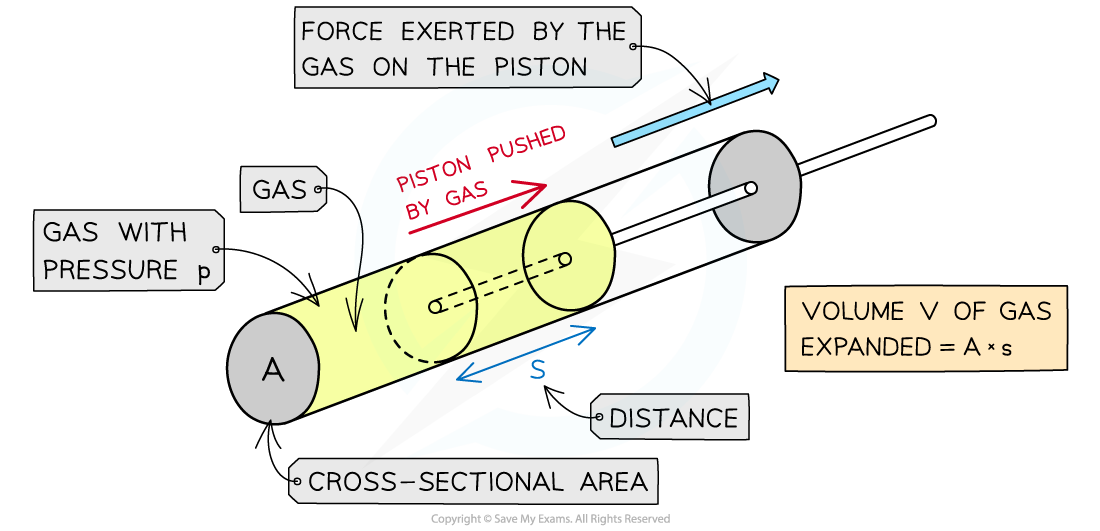AQA A Level Physics复习笔记6.6.3 Average Molecular Kinetic Energy
Average Molecular Kinetic Energy An important property of molecules in a gas is their average kinetic energy This can be deduced from the ideal gas equations relating pressure, volume, tempe...














